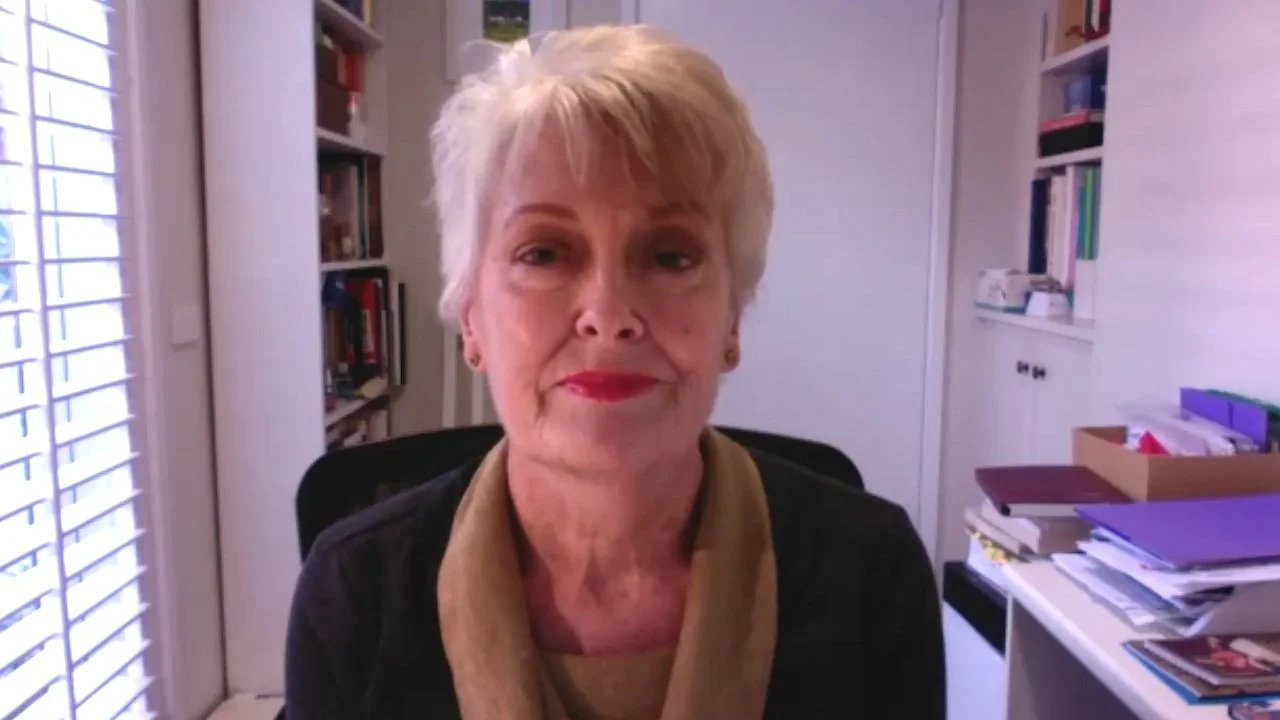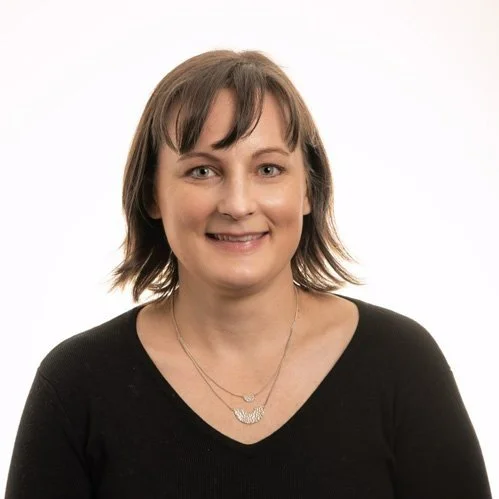
ChoiceApp
Information for healthcare professionals
The Shared Decision-Making Program on ChoiceApp is currently available to people living with multiple myeloma to help facilitate treatment discussions between patients and their healthcare team.
It was designed in collaboration with Myeloma Australia, with support from Janssen and Takeda, and is based on extensive research with patients, carers and healthcare professionals.
Program features
The Multiple Myeloma Shared Decision Making (MMSDM) program is made up of short online surveys that patients can complete ahead of their appointments, in their own time. Survey results offer insight into your patients’ treatment priorities and can help provide a clear direction for discussion.
When creating a profile on ChoiceApp, patients will be asked to enter a codeword. Choosing “MMSDM” as their codeword will take them to the myeloma-specific surveys.
Treatment Preferences Survey
-
This survey uses an evidence-based preference-elicitation technique called Best Worst Scaling (BWS) to identify treatment preferences. Patients are shown a series of hypothetical treatment profiles and are asked to select which aspect of treatment they think is best, and which they think is worst, on each screen. Click here for a step-by-step walkthrough.
-
After completing the BWS task, patients are provided with a summary report which categorises treatment features by their level of importance to them, from higher importance to moderate importance to lower importance. The report also illustrates how desirable patients find different hypothetical options within each treatment feature (e.g., whether oral, IV or subcutaneous is most preferred when it comes to mode of administration, and by how much it is preferred).
This survey is not designed to select a specific treatment, but to guide a shared conversation about treatment goals.
Quality of Life (QoL) Survey
-
This survey uses an adapted version of the Myeloma Patient Outcome Scale (MYPOS) to measure myeloma-specific quality of life (QoL) issues.
-
After completing the validated QoL measure, patients are provided with individual ‘scores’ for different areas of wellness, as well as one overarching QoL score. This information can help healthcare professionals identify areas of supportive care that should be focused on in order to improve patients’ quality of life and help guide discussions during consultation.
All previous reports are stored in the app and patients are encouraged to come back and complete the survey again at a later date, in order to track changes in QoL over their treatment course.
ChoiceApp Follow-Up Survey
-
After patients have completed the treatment preferences survey and have had a consultation with their healthcare professional following survey completion, we ask them to complete the follow-up survey.
This 5-minute survey is an opportunity for patients to share their experiences using the app. Their feedback can help us improve the program and support other patients in shared decision-making.
Background
The MMSDM program was informed by several stages of research with the myeloma community between 2017-2022.
-
23 in-depth qualitative interviews were conducted with myeloma stakeholders in Australia. This included interviews with patients (n=12), carers (n=7), haematologists (n=2), and specialist myeloma nurses (n=2).
These interviews provided important insight into the experiences and challenges of myeloma treatment. Moreover, they helped determine what treatment features contribute to decision-making and should be included in a preference task.
-
An online quantitative survey including a ‘Discrete Choice Experiment’ (DCE) preference task was conducted in order to evaluate the treatment preferences of different myeloma stakeholders. Participants included patients (n=124), carers (n=44), haematologists (n=28), and specialist myeloma nurses (n=34).
Findings showed that not all people living with myeloma value the same treatment features equally, and that haematologists and nurses’ perceptions of what treatment attributes are most important can be misaligned with what patients themselves value.
These findings underscored the need for a tool that can help facilitate shared decision-making and ensure patient values and preferences are taken into account during treatment discussions.
Findings from Stage 1 and Stage 2 were published in BMC Cancer [1]
-
Building on the previous research stages, the MMSDM program on ChoiceApp was designed and pilot tested with patients (n=14) and hematologists (n=5).
A Best Worst Scaling (BWS) preference task was employed (as opposed to a DCE) to improve accessibility and user experience on a mobile device.
In-depth interviews with participants suggest ChoiceApp can enhance shared decision-making by confirming what matters most to patients and can streamline appointments by providing a clear direction for discussion. It is shown to be particularly beneficial for patients who are newly diagnosed, are undergoing a change in treatment, or who have trouble communicating in a clinical context.
Further insights gained from the pilot launch, and early data collected from the full launch, will be presented at the Blood 2023 poster session in Melbourne.
[1] Fifer SJ, Ho KA, Lybrand S, Axford LJ, Roach S. Alignment of preferences in the treatment of multiple myeloma – a discrete choice experiment of patient, carer, physician, and nurse preferences. BMC Cancer. 2020;20(1):546. doi:10.1186/s12885-020-07018-6
Share information about ChoiceApp with your patients
Click here to download the patient information flyer with QR code.
Share information about ChoiceApp with your colleagues
Click here to download the healthcare professional information flyer with QR code.
FAQs
-
ChoiceApp allows patients and their healthcare team to work together to identify a treatment management pathway that aligns with individual values and preferences.
The Treatment Preferences Survey on ChoiceApp can support patients in determining what treatment features are most important to them and what questions they may want to ask during their next consultation so that they can better understand their condition, available treatment options, and why a treatment was selected for them. The Treatment Preferences Survey can be completed at any time, however the information it provides may be most valuable to those who are newly diagnosed or those considering a change in treatment.
It is important to note that the treatment features included in the survey are hypothetical and ChoiceApp is not designed to select a specific treatment for patients. Rather, the app is designed to guide a shared conversation about treatment goals. ChoiceApp also enables patients to track their quality of life and identify areas where they may need extra support through the Quality of Life Survey.
-
ChoiceApp allows patients and their healthcare professionals to work together to identify a treatment management pathway that aligns with individual values and preferences.
For healthcare professionals specifically, ChoiceApp provides visibility and greater insight into patients’ values and treatment preferences. The Quality of Life survey in ChoiceApp can also help healthcare professionals identify areas of supportive care that should be focused on in order to improve patients’ quality of life. This information can then help guide discussions with patients during consultations.
-
ChoiceApp is managed by Community and Patient Preference Research (CaPPRe).
CaPPRe is an independent group committed to meaningful and high-quality research and consulting, leading to better engagement and understanding of community and health consumer needs.
-
When patients complete the Treatment Preferences Survey or the Quality of Life Survey on ChoiceApp, their answers will be automatically analysed and presented back to them in the form of a summary report. They are free to use the information displayed in this report however they would like.
Results will also be analysed by CaPPRe in a combined form such that no individual person can be identified. The supporting organisations - Myeloma Australia, Janssen and Takeda - will be provided with a report of the findings containing only combined de-identified data. Results may also be published and/or presented in a variety of forums, and may be used for commercial purposes. The survey data will be kept securely for a period of 5 years.
CaPPRe respects and understands patient privacy is very important. Any information collected that can identify users will remain confidential. Personal details will not be forwarded to any other parties. Data will be stored in a secure encrypted (protected) environment in Australia and only CaPPRe will have access to the data. Information will only be used for the purpose of this program, and it will only be disclosed with users’ permission, except as required by law.
To read the full Participant Information and Consent Form, please click here.
-
ChoiceApp is available for free via the Apple Store and Google Play Store for both iPhone and Android devices. Click on Get Started for further information.
The Shared Decision-Making Program on ChoiceApp is currently available to people living with multiple myeloma. When setting up a profile on ChoiceApp, select “MMSDM” as your codeword to be taken to the myeloma-specific surveys.
-
If you, or your patients, require any support using ChoiceApp, please do not hesitate to contact the project manager maya.joshi@cappre.com.au or call 02 8313 7118.
Supporting organisations
If your organisation is interested in getting involved, contact us today.













